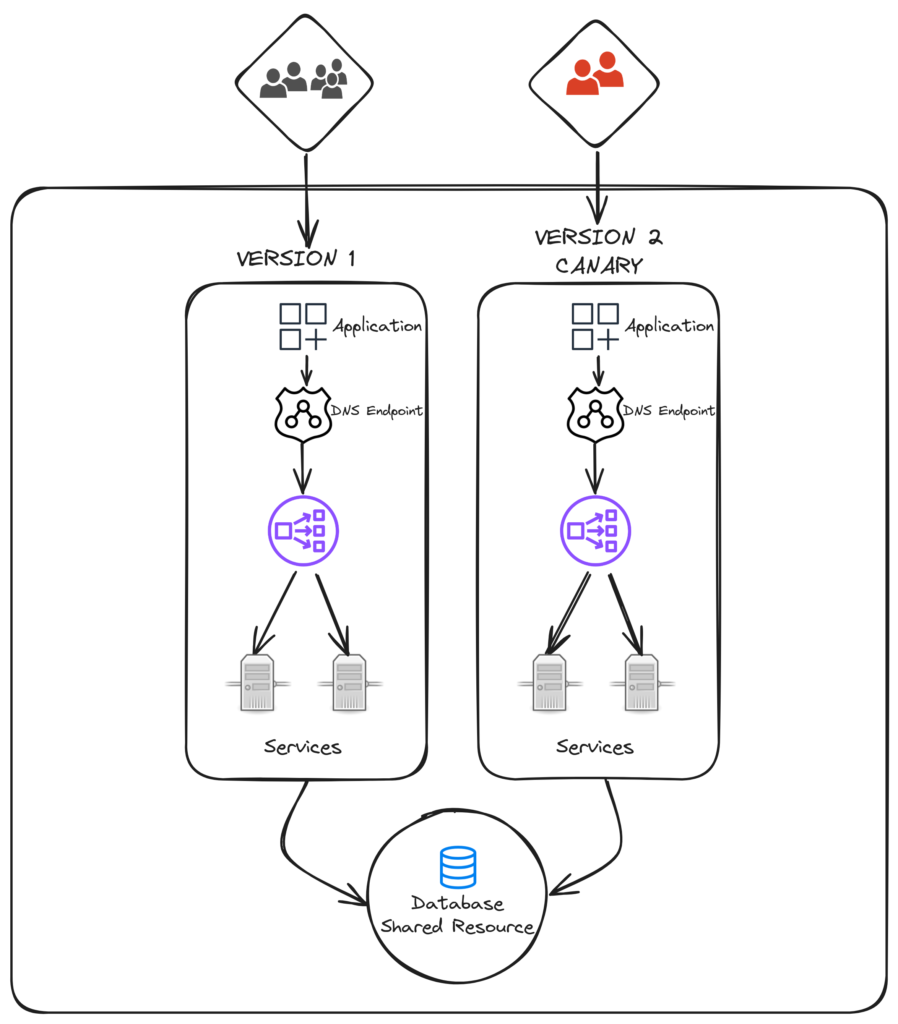The common trend in building medium sized applications is using micro-services. They help developers work faster and make better products for users. They empower in designing software that promises to make it easier to handle lots of users, bounce back from problems, and stay up and running.
But just using micro-services isn’t enough. You’ve got to really understand how to set them up right, using fancy deployment strategies, so your software stays available even when things go wrong.
Micro-service deployment relies on building architectural resilience, achieved through implementing strategic patterns aimed for high availability. Let’s dive into these patterns, examining their technical intricacies and practical uses.
1. Load Balancing
Load balancing is a crucial aspect of managing incoming traffic in distributed systems. It involves evenly distributing workload across multiple servers, preventing any single server from becoming overwhelmed. This not only optimizes resource utilization but also safeguards against potential failures due to excessive demand. Utilizing sophisticated algorithms, modern load balancers continuously monitor server health and traffic patterns, dynamically adjusting routing to ensure efficient distribution. By orchestrating traffic in this manner, load balancers play a vital role in maintaining the availability and performance of services, enabling smooth operation and seamless user experiences across distributed environments.

2. Replication for Fault Tolerance
Replication for fault tolerance involves duplicating services across multiple instances or nodes to enhance system resilience. By creating redundant copies, it mitigates the risk of single points of failure, ensuring continuous availability. Should one instance fail, redundant copies seamlessly take over, maintaining service up-time. Container orchestration platforms like Kubernetes manage this replication, dynamically allocating resources and redistributing workloads to healthy instances. This approach strengthens fault tolerance by distributing workload across redundant components, thus minimizing the impact of failures and enhancing system reliability. Replication is a fundamental strategy in building robust and resilient systems capable of withstanding various failure scenarios in distributed environments.

3. Circuit Breaker Pattern
The Circuit Breaker Pattern is a design approach used to enhance system resilience in distributed environments. It works like an electrical circuit breaker, detecting failures and preventing cascading failures by temporarily blocking requests to a failing service. When the service recovers, the circuit breaker gradually allows requests to flow again. This pattern helps maintain system stability and prevents overload, ensuring reliable operation even during service disruptions. By intelligently managing failures, developers can minimize downtime, improve user experience, and build more robust distributed systems capable of handling failures gracefully.

4. Blue-Green Deployment
Blue-Green Deployment is a deployment strategy employed by developers to minimize downtime and risk during software releases. In this approach, two identical production environments, “blue” and “green,” run concurrently. The “blue” environment hosts the current live version of the application, while the “green” environment is prepared with the new version. Traffic is initially routed to the “blue” environment. Once the “green” environment is fully tested and validated, traffic is switched to it, enabling a seamless transition. This method allows for quick rollback if issues arise, ensuring minimal disruption to users and providing a safer and more efficient deployment process.

5. Canary Release
Canary Release is a deployment strategy where new features or updates are gradually rolled out to a subset of users before being released to everyone. It involves directing a small portion of traffic to the new version, known as the “canary,” while the majority of users still access the stable version. By monitoring the canary’s performance and user feedback, developers can assess its stability and effectiveness. If successful, the update is gradually expanded to more users; if issues arise, the rollout can be halted or reverted, minimizing impact. Canary Release enables safer deployments, allowing developers to detect and address issues early.

6. Geographical Distribution
Geographical Distribution, in a developer’s context, refers to deploying a system’s components across multiple physical locations or regions. This strategy enhances performance, fault tolerance, and user experience by placing resources closer to end-users. By spreading infrastructure across geographically diverse locations, developers reduce latency and mitigate the impact of localized failures or disasters. Content Delivery Networks (CDNs) and cloud providers offer tools and services to facilitate geographical distribution, enabling developers to optimize resource allocation based on user locations and improve scalability. Geographical Distribution ensures resilience and responsiveness, crucial for delivering reliable and efficient services to a global audience.
Conclusion
In the ever-evolving landscape of technology, understanding and mastering advanced microservice deployment patterns are essential for organizations. These patterns encompass redundancy, load balancing, fault isolation, and strategic deployment strategies, which collectively strengthen system resilience. By implementing these practices, organizations can ensure continuous availability despite the challenges of a dynamic environment. Equipped with this expertise, organizations are better prepared to tackle the intricacies of modern software deployment. This proficiency enables them to provide uninterrupted services, setting the stage for exceptional performance and innovation. With a firm grasp of these deployment patterns, organizations can confidently navigate the complexities of the technological frontier, driving forward with excellence and reliability.


